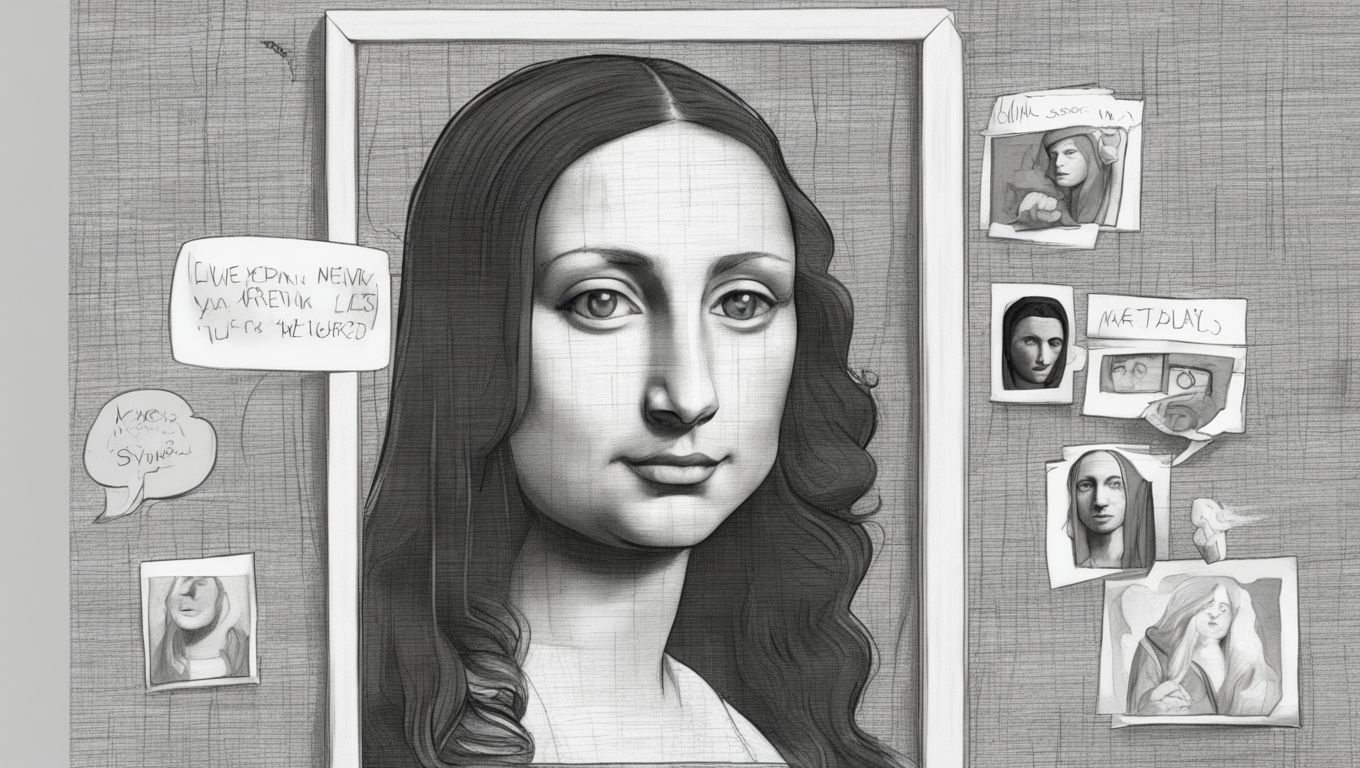Microsoft, the tech giant known for its groundbreaking innovations, has once again made waves in the world of artificial intelligence (AI). Their latest creation, VASA-1, is an AI model that has the ability to transform still photos of people’s faces into mesmerizing talking videos. The videos generated by VASA-1 are not just ordinary animations; they have synchronized lip movements, facial expressions, and head movements that make them appear incredibly lifelike.
The introduction of VASA-1 has sparked a frenzy on social media, with a video demonstrating its capabilities going viral. In the video, the iconic painting Mona Lisa is shown lip-syncing to Anne Hathaway’s hit song “Paparazzi.” The realistic and expressive nature of the video has left viewers amazed and intrigued by the possibilities that VASA-1 presents.
“The Mona Lisa clip had me rolling on the floor laughing,” one social media user exclaimed. Another expressed their curiosity about how Leonardo da Vinci, the artist behind Mona Lisa, would react to this modern technological marvel. While there is much excitement surrounding VASA-1, concerns about its potential for unethical usage, particularly for creating deep fakes, have also been raised. One person wrote, “Creepy? Fascinating? For one thing, deepfake potential just grew exponentially… but opens up some interesting creative possibilities as well.”
Microsoft has acknowledged these concerns and emphasized the importance of responsible use of the technology. They have no immediate plans to release an online demo, API, or any additional implementation details, until they are certain that the technology will be used in a responsible manner and regulated properly. This cautious approach highlights Microsoft’s commitment to ensuring that AI technologies are utilized ethically and with adequate safeguards in place.
VASA, which stands for Visual Affective Skills, is a framework developed by Microsoft for generating lifelike talking faces of virtual characters. VASA-1, the latest iteration, is a groundbreaking achievement in the field of AI. It not only produces synchronized lip movements but also captures a wide range of facial nuances and natural head motions, resulting in videos that are incredibly authentic and lively.
The core innovations of VASA-1 lie in its holistic facial dynamics and head movement generation model, which operates in a face latent space. This expressive and disentangled face latent space is created using videos, allowing VASA-1 to produce videos that are rich in detail and convey a sense of realism.
While the release of VASA-1 has sparked excitement and debate, it is clear that Microsoft is at the forefront of AI innovation. The company’s commitment to responsible usage, coupled with their groundbreaking advancements, ensures that the future holds even more astonishing possibilities in the world of artificial intelligence. As we witness the rapid evolution of AI, it is fascinating to imagine the limitless potential it holds for transforming our lives in ways we could never have imagined.





Use the share button below if you liked it.